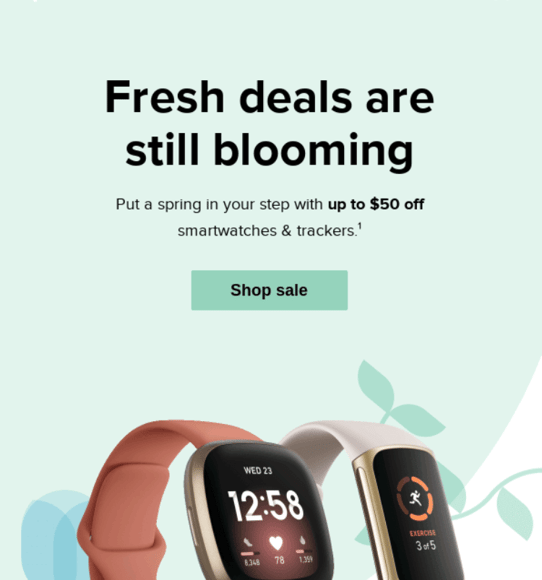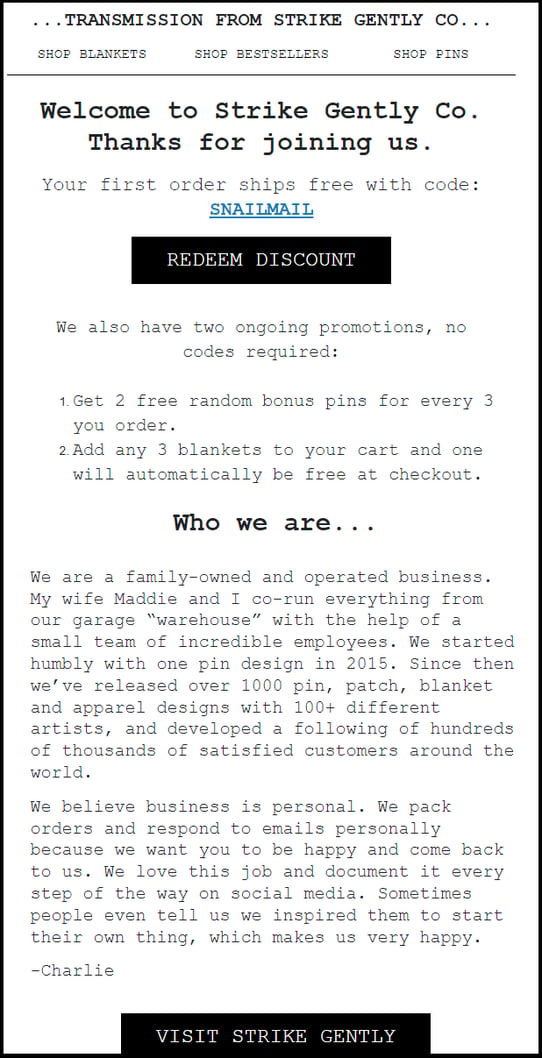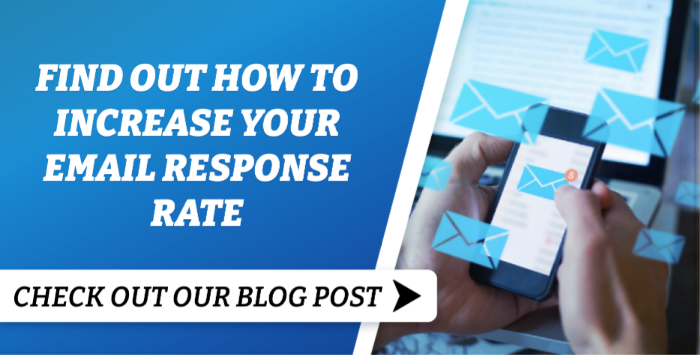Experience firsthand how Mind & Metrics + Supered.io can help your business streamline execution, eliminate unnecessary back-and-forth, and ensure AI accelerates growth—without the chaos.
How to Format Marketing Emails to Increase Click Rate
How many emails have you received over the course of today, alone, that have tried to sell you something? And of those emails, how many did you actually click on?
Pretty much everyone with an email address these days is inundated with marketing emails on a daily basis. Yet despite all the competition, email marketing remains an invaluable tool for businesses to reach new customers and retain current ones. So how do you make sure your emails stand out from the crowd? What's the best way to format marketing emails?
There is no one right way to write an effective email, but there are best practices you can follow and guidance from success stories that can help you succeed. Our guide will cover the basics of what you need to know in order to improve the ROI of your marketing campaigns, and showcase some excellent marketing email examples.
How Do You Measure Email Success?
One of the most important metrics to use to determine email engagement is click rate, or what percentage of email recipients clicked on a link within your email. No email campaign will have a 100% click rate, or anywhere close to it for that matter. In fact, email click rates tend to average between 2-5%, depending on the industry.
With that in mind, you can set realistic benchmarks for your campaigns.
You may have heard about email open rates as another important metric and want to factor them into your analytics. Though you should keep open rates in mind, click rates will tell you a lot more about whether your content is effective. People may open emails without being fully invested in the content, and quickly bounce off of them without even becoming close to converting. Clicking a link within your email, on the other hand, shows intent and most likely genuine engagement.
Some have always considered open rates to be a vanity metric, but today more and more marketers are moving away from using open rates to measure the success of their campaigns. Services that track email engagement can't track email open rates as accurately anymore due to the release of Apple's Mail Privacy Protection features, which lead to emails being falsely marked as opened. Email open rates can also end up being underreported due to image-blocking features on email clients.
Due to new privacy features, marketers may think their emails aren't performing well due to a lower-than-expected open rate, when in reality they're just not able to capture all the necessary data.
So with all that being said, how do you write emails that your audience is going to want to engage with?
Start With The Subject Line
The subject line forms your email recipients' first impression of the email content, and will often play a huge role in their decision to open (or not open) your email. The best subject lines are ones that spark curiosity. For instance, "Have you heard the news?" can be a great way to make something intriguing and entice someone to open your email.
You want to avoid email subject lines that sound too spam-y, such as ones that say the word "FREE" in all caps. It can trigger spam filters, leading to less people viewing your email.
Using actionable language in your subject lines is also a great way to grab your customers' attention. Incorporating verbs like "upgrade", "buy", "reserve", etc. all serve to call a customer to action. You can also play around with the wording a bit and use enticing, action-based phrases like "Don't miss out!".
Personalization, whenever possible, is another excellent tactic. Using your customer's name in the subject line stands out and helps to build a personal connection. For instance, you could say something like "Hey Mark, have you heard about this new product feature?"
Create Catchy yet Succinct Content
When you're writing a marketing email, you want to make sure that you cut right to the chase in your body content. In most cases, if you can't tell what the point of the email is within 10 seconds of looking at it, you should reevaluate its copy and structure.
The first line of your email should, in some way, tell the reader why you're contacting them. Any messaging thereafter should briefly explain why the reader should be interested, and emphasize the benefits that they will receive by engaging with the email. It's important to prioritize clarity over catchiness when it comes to crafting your copy, but of course it should sound good, too. The email should also include a singular, clear call to action.
Take this example from FitBit:

They have created an email with a beautiful yet simple design curated around a springtime theme, with succinct, easy-to-understand copy that is valuable to the reader. It immediately tells the reader how the content will benefit them, and the "Shop" CTA is front and center.
Try Telling a Story
Giving your leads an opportunity to connect with your brand is a great way to build awareness and convey authenticity. Everyone loves a story that's full of heart. Talk about the work you've put into a project or your brand in general, or discuss new initiatives you're working on.
Take this example from blanket and pin brand Strike Gently.

This is the email they send when you subscribe to their mailing list. They have a clear CTA at the top that refers to what you would be expecting to receive - the discount they promised in exchange for your email. But underneath, they give an endearing overview of their brand story. You can go ahead and shop, or read on to get the gist of who they are.
At the end of the day, people don't connect with products - they connect with people. Your story is unique to your brand, and speaking about it can help your ads stand out in the sea of other promotions consumers see on a daily basis. Being open about your brand story helps you build trust with your customer base. When your leads and customers see the work being put into your product or service, they are more likely to feel that you genuinely understand their pain points, and that your brand can help them solve them.
Know Your Audience
All these prior tips won't work if you don't tailor your content to your specific audience. You need to know who your readers are. Your content should be useful to them and address their pain points, as well as use a consistent brand voice and tone.
This is why it's a good idea to create your ideal customer persona. You want to have a general idea of what your audience is looking for in your emails. You build up your persona through a mix of analytics and imagination.
To find out what works best, you can A/B test your ideas. This is when you pick a sample of your email list, and send part of them one version of an email, and the other a slightly different version.
Don't be afraid to experiment, and know that not every email you send is going to be a heavy hitter, especially when you're first starting out - and that's okay!
What About Sales Emails?
Sales prospecting emails are distinct from marketing emails in that they serve a different purpose, but some of the same rules apply. Know who you’re contacting so you can better communicate, make your subject line enticing, and don’t be too generic.
The most common issue with sales emails, and the reason they’re often ignored, is that they’re all the same. General cold pitch emails, sent with zero context, adorned with vague subject lines like “Quick question…”. Cold pitching is often considered to be quantity over quality, but taking a bit of time to research the person you’re emailing beforehand and personalizing your email accordingly will make a huge difference.
Warm pitching tends to be more effective, but realistically, if you’re in sales, not every lead you’re reaching out to is going to be warm.
Here’s some quick tips for an effective sales email:
- Be specific in how you can help the person. Why should they take the time out of their day to respond?
- Mention pain points they are likely to have, or the goals you could help them achieve.
- Include a clear call-to-action at the end of the email.
Now You Know How to Format Marketing Emails
If you keep your emails focused, catchy, and tailored to your customer base, you're sure to keep your customer base interested and increase your click rate.
Want more email marketing tips? Look no further than our blog.

